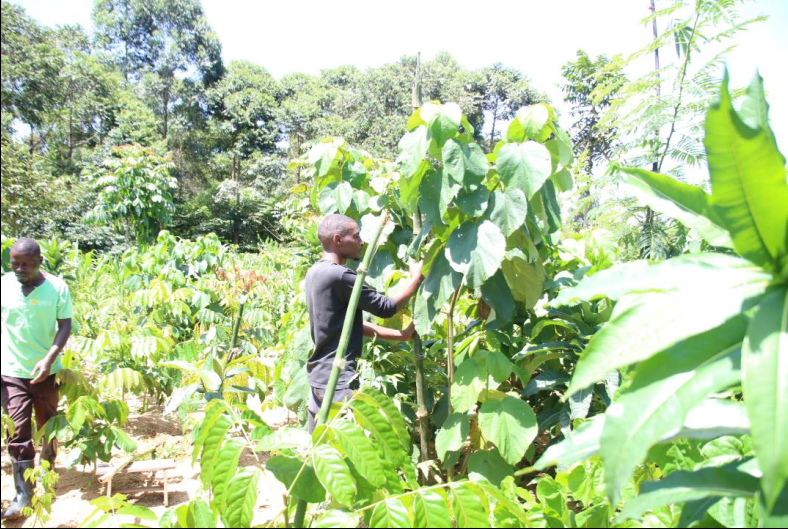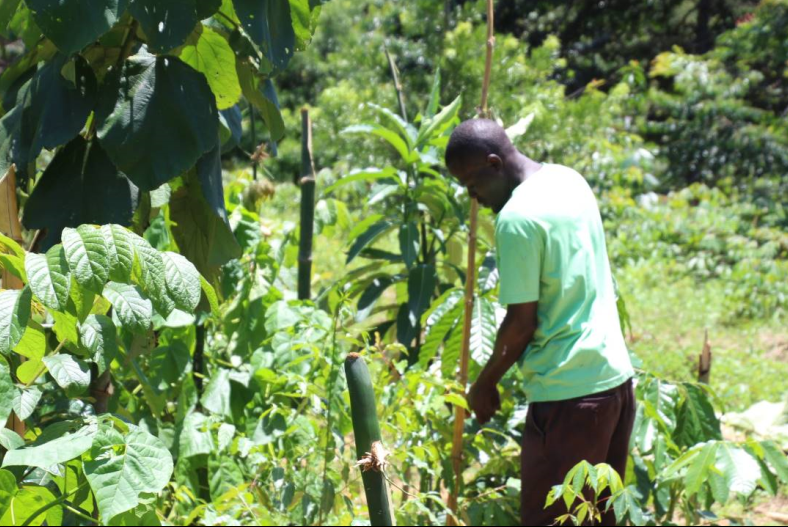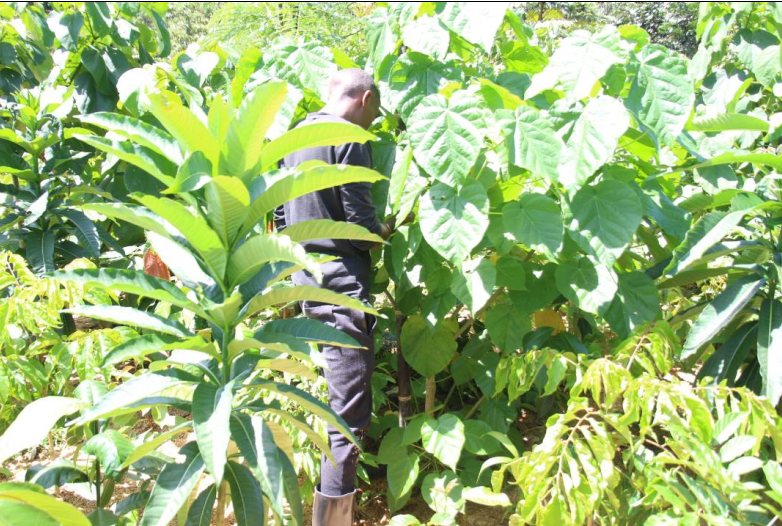Utility of the Miyawaki Method in Conservation of Tree Species Native To Tropical Africa
-
Country
Uganda -
Region
Africa -
Programme
BGCI's Tree Conservation Programme -
Workstream
Saving Plants -
Topic
Tree Conservation -
Type
News -
Source
BGCI Member
News published: 14 April 2023
Can the Miyawaki Method Hasten Conservation of African Tree Species?
Whereas our key focus on the conservation of species native to tropical Africa is to grow and establish resilient populations of threatened species, our vision is to build a comprehensive flora conservation organization for tropical Africa, in tropical Africa. This vision requires us to expand our scope of competences. Scientific research is one capability/capacity that we take seriously and are actively embarking on.
At LuTreeCo we believe in the utility of the Miyawaki method of forest restoration as a tool for accelerating the conservation of threatened (vulnerable, endangered and critically endangered) species. For those that are unfamiliar with this method, it was the life’s work of late (1928-2021, RIP) professor Akira Miyawaki, a botanist, plant ecologist and a renown expert in seeds and natural forests. His work has manifested itself primarily as thousands of mini urban forests in India and lately, Europe and the USA.
In a nutshell, implementation of its key principals result in the establishment of a fully mature forest in 1/10th of the time it would take to establish naturally.
This is established science.
Our work with the Miyawaki method at LuTreeCo is to our knowledge the first of its kind in Uganda.
Our central question with this research is: given that we have a robust genetic germ plasm of threatened tropical African species in our seed-bank, can we accelerate seed production (since trees grow and mature faster) by planting forests using the Miyawaki method? Being able to do this will increase our capacity to push back against the extinction of these species since the cycle of seed production will be shorter. As obvious as this may sound, a cursory search reveals little to nothing on this in the scientific literature. We have embarked on a journey that will answer this question. More to come.
The photographs below are of a young experimental Miyawaki forest we planted on November 1 2022. It is 10 by 10 meters in dimensions and contains 300 trees comprised of 38 species. Nine of these species are threatened.
Do reach out to us at Lukango Tree Conservancy if you need more details or see an opportunity for us to work together for a common cause.



BGCI Member Announcement
Are you a BGCI Member? Do you have a news announcement, event, or job posting that you would like to advertise? Complete the form at the link below!
Become a Member
Be part of the largest network of botanic gardens and plant conservation experts in the world by joining BGCI today!